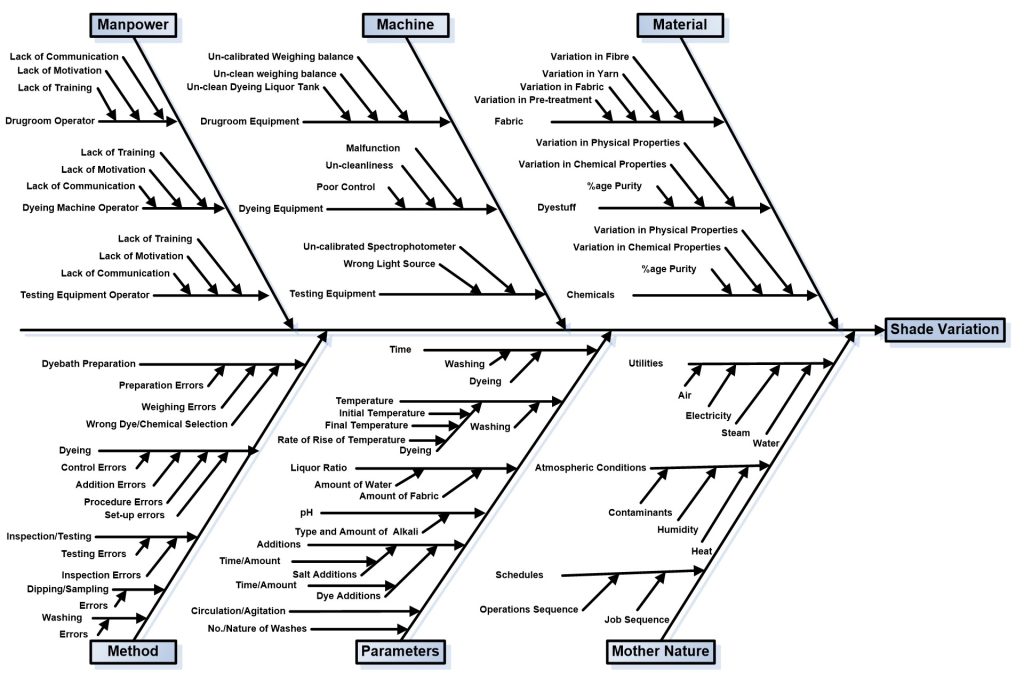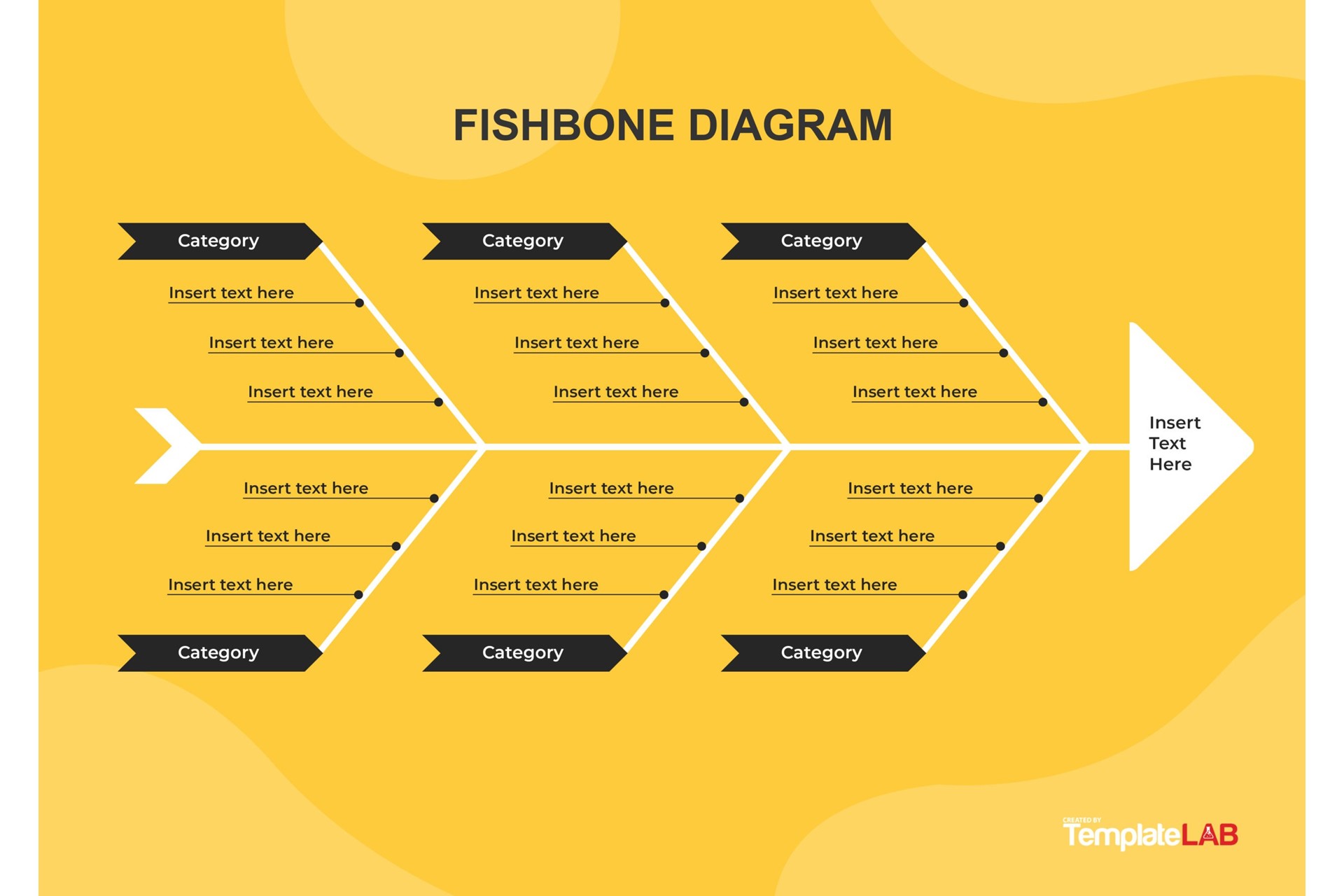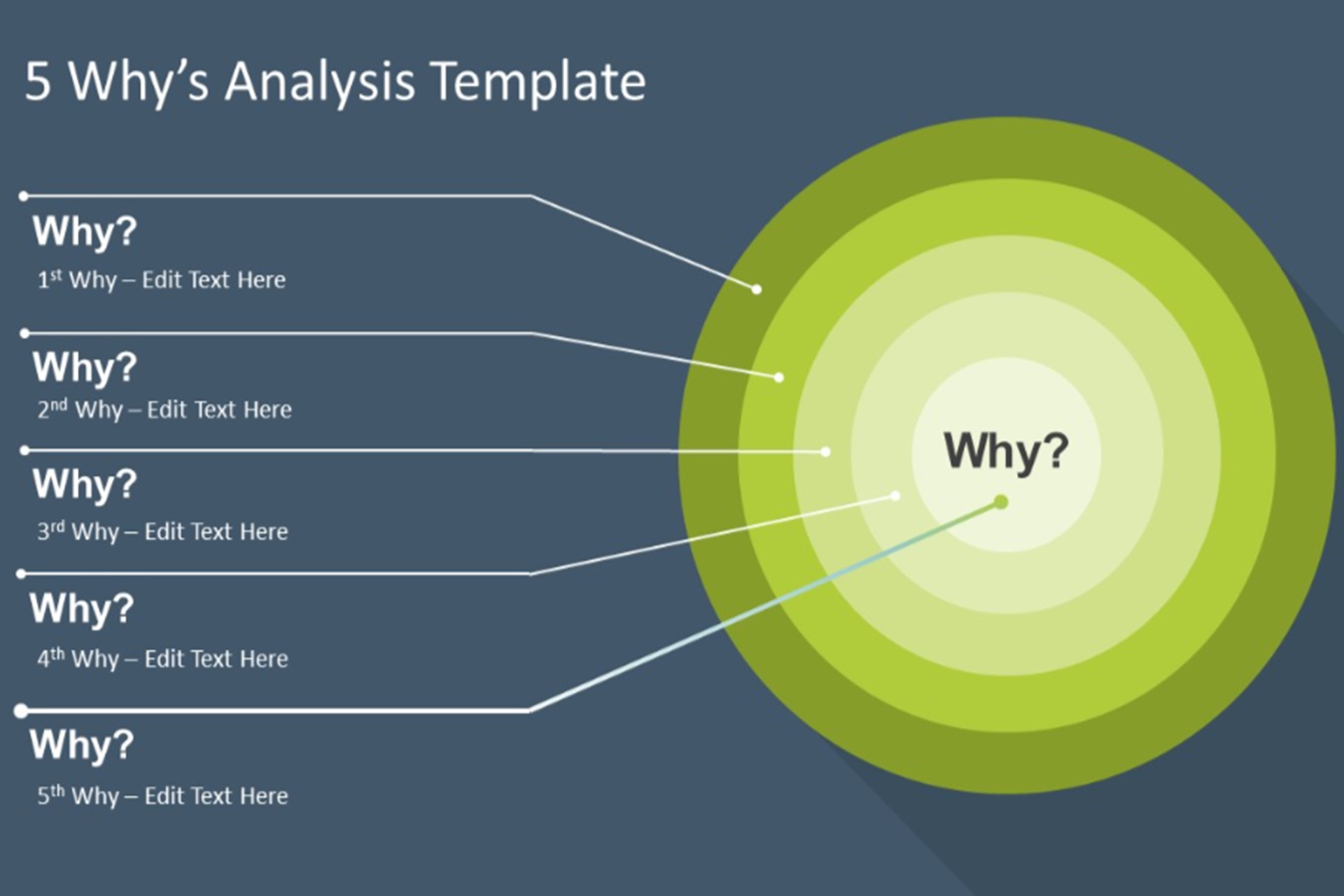Do you want to improve your problem-solving skills and find effective solutions for challenging or complex issues? If so, you might want to learn how to use fishbone diagram, a powerful tool that can help you identify the root causes of a problem and explore different possibilities and solutions.
In this article, we will explain what fishbone diagrams are, how they can benefit you, and how to create and use them in various scenarios. By the end of this article, you will be able to use fishbone diagrams to boost your problem-solving skills and achieve better results.
What are fishbone diagrams?
A fishbone diagram, also known as an Ishikawa diagram or a cause-and-effect diagram, is a graphic tool that shows the possible causes of a problem or an outcome. It looks like a fish skeleton, with the problem or effect at the head of the fish, and the potential causes along the bones of the spine.

Fishbone diagrams were invented by Kaoru Ishikawa, a Japanese quality management expert, in the 1960s. He used them to analyze the causes of defects in industrial processes and improve their quality. Since then, fishbone diagrams have been widely used in various fields, such as engineering, manufacturing, healthcare, education, business, and more.
What are the benefits of fishbone diagrams?
Fishbone diagrams offer many benefits for problem-solving and decision-making. Here are some of them:
- They help you display relationships clearly and logically. Fishbone diagrams capture the links and relationships among the potential causes and results displayed in the diagram. They categorize the causes logically, so you can understand the correlation at a glance.
- They show all causes simultaneously. Any cause or causal chain featured on the fishbone diagram could lead to the problem. The fishbone diagram illustrates each and every possible reason in a single diagram, which is beneficial for in-depth analysis. This makes it a useful tool for presenting the problem and solutions to stakeholders.
- They facilitate brainstorming. Fishbone diagrams are a great way to stimulate and structure brainstorming about the reasons for a certain result. They help you generate as many ideas as possible without judging or filtering them. They also help you explore different perspectives and angles of the problem.
- They stimulate problem-solving. Seeing the reasons in a visual graph and exploring the root cause may inspire you to find out possible solutions to the problems. You can also use fishbone diagrams to evaluate and compare different solutions and choose the best one.
- They help maintain team focus. The fishbone framework can keep your team focused as you discuss what should be done to solve the problem or achieve a common goal. It helps you analyze every involved party and ensure that nobody is wasting energy chasing nonexistent problems.
How to create a fishbone diagram?
Creating a fishbone diagram is easy and simple. You can draw it by hand or use an online tool or template. Here are the basic steps to follow:
- Define the problem or effect clearly and write it at the head of the fish. For example, “Poor color fastness of fabric after textile dyeing”.
- Brainstorm the major categories of causes of the problem and write them as branches from the main arrow. Common categories for fishbone diagram: Machine (equipment, technology), Method (process), Material (includes raw material, consumables, and information), Man/mind power (physical or knowledge work), Measurement (inspection), Mission (purpose, expectation), Management / money power (leadership), Maintenance, Product (or service), Price, Promotion (marketing), Process (systems), People (personnel), Physical evidence, Performance, Surroundings (place, environment), Suppliers, Skills, etc.
- Brainstorm all the possible causes of the problem under each category and write them as sub-branches from the main branches. You can ask “Why does this happen?” to generate deeper levels of causes. For example, under Dye Type, you can write “Inappropriate dye selection”, “Low quality dye”, “Insufficient dye fixation”, etc. Under Fabric Type, you can write “Different fiber composition”, “Poor fabric preparation”, “High fabric weight”, etc.
- Analyze the fishbone diagram and identify the most likely or significant causes of the problem. You can use data, evidence, or testing to support your analysis. You can also use tools such as Pareto chart or 5 Whys analysis to prioritize or drill down the causes.
- Develop and implement solutions to address the root causes of the problem. You can use tools such as PDCA cycle or SMART goals to plan, execute, and evaluate your solutions.
Here is an example of a fishbone diagram for the problem of shade variation in textile dyeing:

How to use fishbone diagrams in different scenarios?
Fishbone diagrams can be used in various scenarios where you need to solve problems or make decisions. Here are some examples:
- In healthcare, you can use fishbone diagrams to diagnose a patient’s condition, analyze the causes of medical errors, or improve the quality of care. For example, you can use a fishbone diagram to find out why a patient has a high blood pressure, what factors contribute to it, and how to treat it.
- In engineering, you can use fishbone diagrams to troubleshoot issues in product design or development, identify the sources of defects or failures, or optimize the performance of a system or process. For example, you can use a fishbone diagram to analyze why a machine is malfunctioning, what components are responsible for it, and how to fix it.
- In business, you can use fishbone diagrams to understand customer needs or complaints, improve customer satisfaction or loyalty, or increase sales or profits. For example, you can use a fishbone diagram to investigate why your customers are unhappy with your product or service, what factors affect their satisfaction, and how to improve it.
Conclusion
Fishbone diagrams are a valuable tool for problem-solving and decision-making. They can help you identify the root causes of a problem and explore different possibilities and solutions. They can also help you display relationships clearly and logically, show all causes simultaneously, facilitate brainstorming, stimulate problem-solving, and maintain team focus.
If you want to improve your problem-solving skills and find effective solutions for challenging or complex issues, you might want to learn how to use fishbone diagrams. You can create and use them in various scenarios where you need to solve problems or make decisions.
We hope this article has helped you understand what fishbone diagrams are, how they can benefit you, and how to create and use them in various scenarios. By using fishbone diagrams, you can boost your problem-solving skills and achieve better results.



